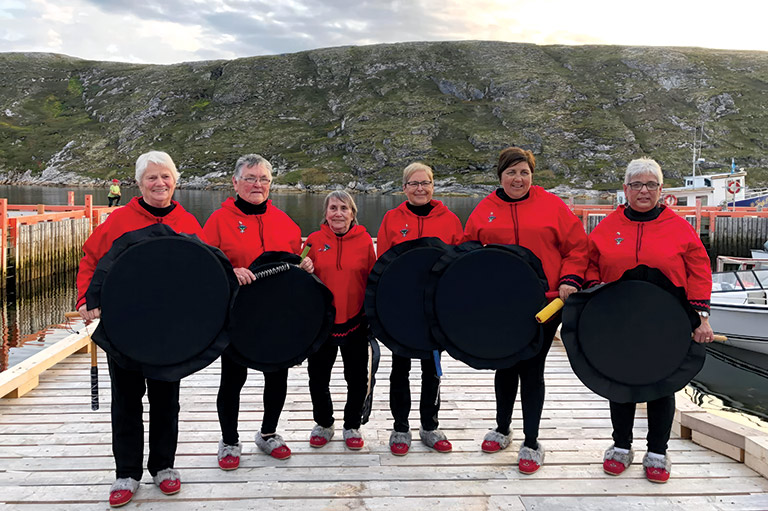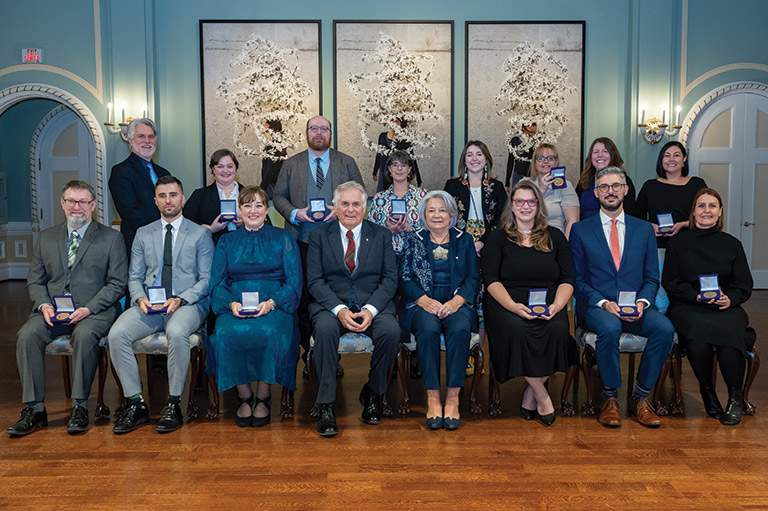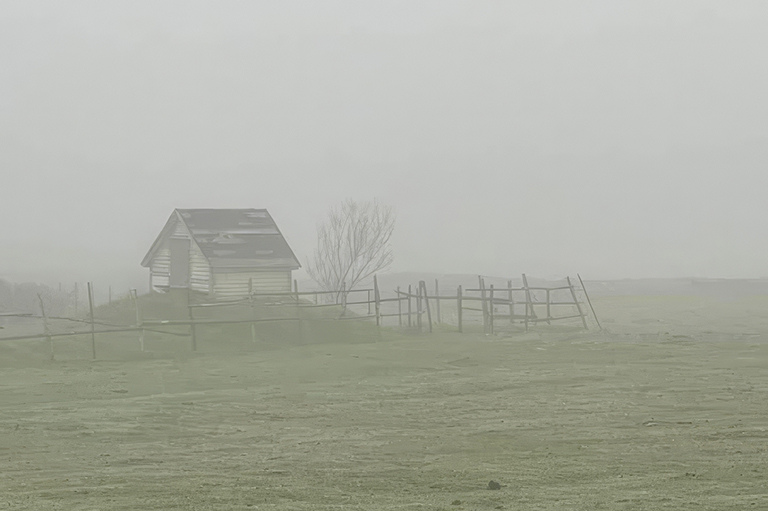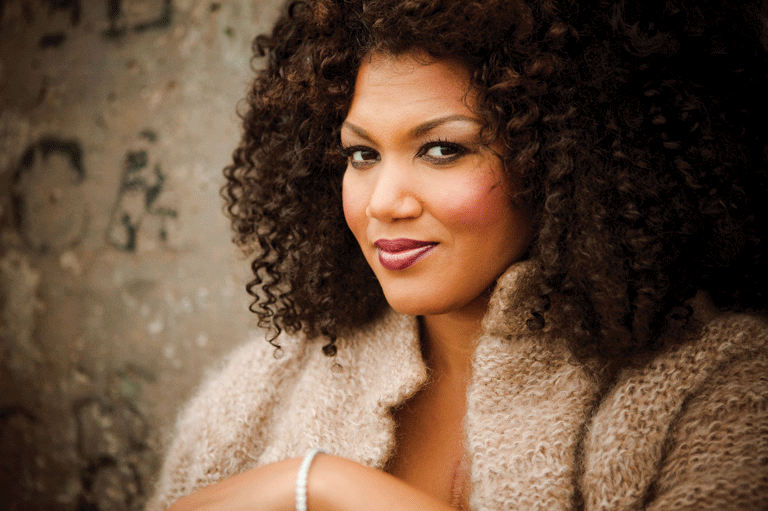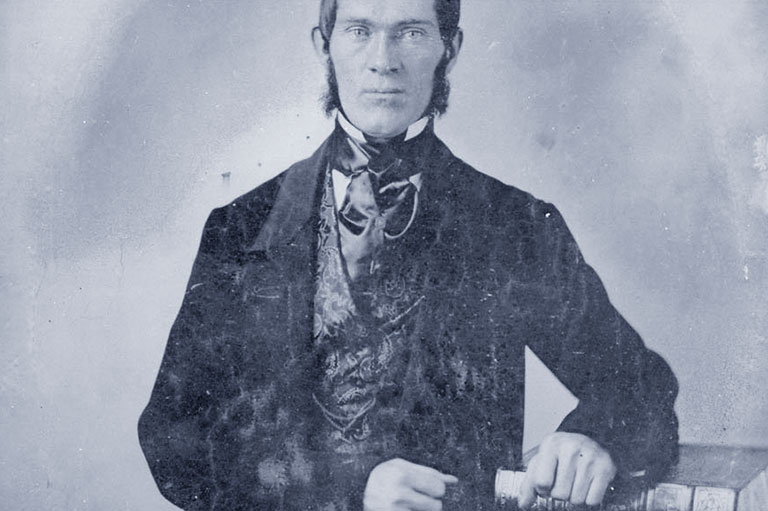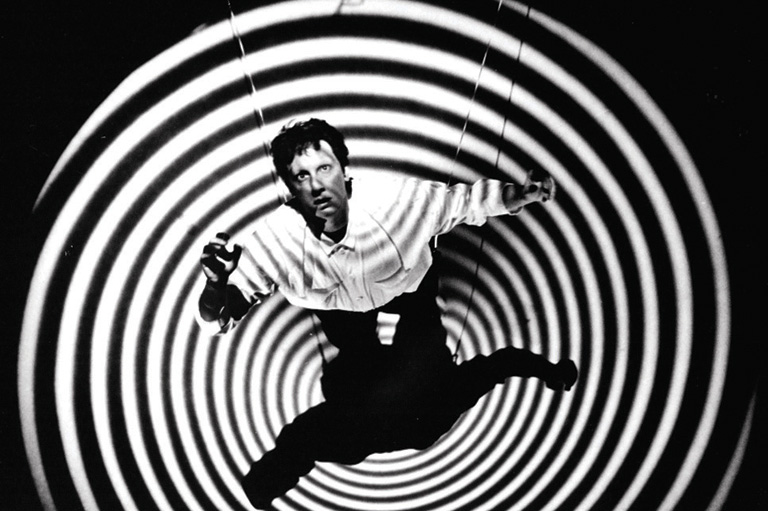Making Room
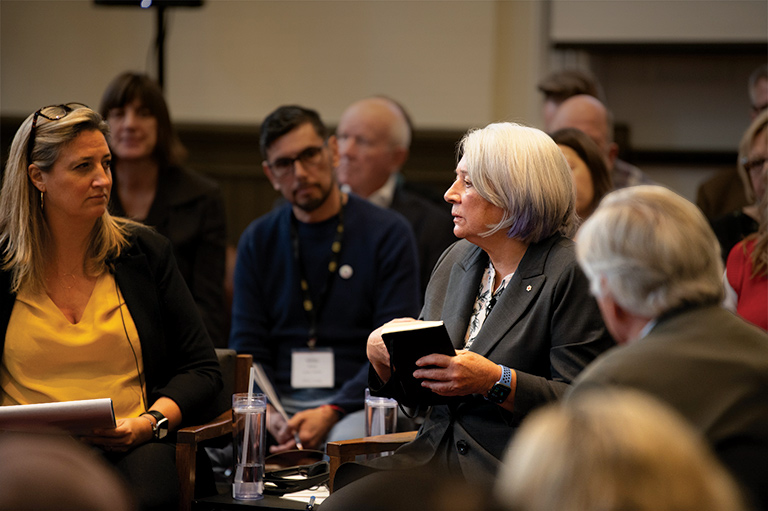
As a child growing up in Nunavik, in Northern Quebec, Mary Simon didn’t learn about Inuit history in school. Now the Governor General of Canada, Simon credits her mother and her grandmother with teaching her about their people’s experiences. “Their memories, their knowledge and our culture taught me a wealth of history that you couldn’t find in textbooks,” she explained.
Simon shared that personal reflection during her opening remarks last November, when Canada’s History Society hosted the Governor General’s History Symposium at the University of Winnipeg. The event encouraged a conversation about strategies for more inclusive approaches to learning about the past.
Simon’s words remind us of the vital role we all play in recognizing a more diverse history — one that acknowledges the lived experiences and contributions of Indigenous peoples, women, LGBTQ2+ communities, Black Canadians, Asian Canadians, and others who have been left out of traditional narratives.
With 7 uniquely curated newsletters to choose from, we have something for everyone.
The symposium featured a panel of educators, writers, and researchers, as well as an engaged audience of community members.
Here are five key takeaways and reflections from that conversation:
Textbooks were meant to be rewritten.
Would you trust a doctor trained with a book from the 1920s? Just as other fields evolve, so must history education. Updating curricula and resources ensures that we reflect new approaches, tools, and perspectives.
Evidence is found in unexpected places.
Traces of the past go beyond written records. We can find more clues in objects, altered landscapes, traditions, stories, and songs.
Advertisement
Collaboration is key.
Partnering with local communities creates opportunities for people to share their stories and broaden perspectives. Meaningful collaboration builds trust and opens up more possibilities for new approaches.
An inclusive history starts with the present.
Creating spaces that embrace diversity — whether in classrooms, museums, or public discussions — ensures that new perspectives and voices are included in how we interpret the past.
This may hurt a little.
As shared by Jonathan Lainey, curator, Indigenous cultures at the McCord Museum in Montreal: “The success of someone can be the loss and pain of others.” Inclusive history requires honesty and a willingness to make space for difficult truths — and sharing power in the process. As Simon noted, “It is never too late to discover our rich and diverse national history.”
We hope you’ll help us continue to share fascinating stories about Canada’s past by making a donation to Canada’s History Society today.
We highlight our nation’s diverse past by telling stories that illuminate the people, places, and events that unite us as Canadians, and by making those stories accessible to everyone through our free online content.
We are a registered charity that depends on contributions from readers like you to share inspiring and informative stories with students and citizens of all ages — award-winning stories written by Canada’s top historians, authors, journalists, and history enthusiasts.
Any amount helps, or better yet, start a monthly donation today. Your support makes all the difference. Thank you!
Themes associated with this article
Advertisement
You might also like...
Save as much as 40% off the cover price! 4 issues per year as low as $29.95. Available in print and digital. Tariff-exempt!



